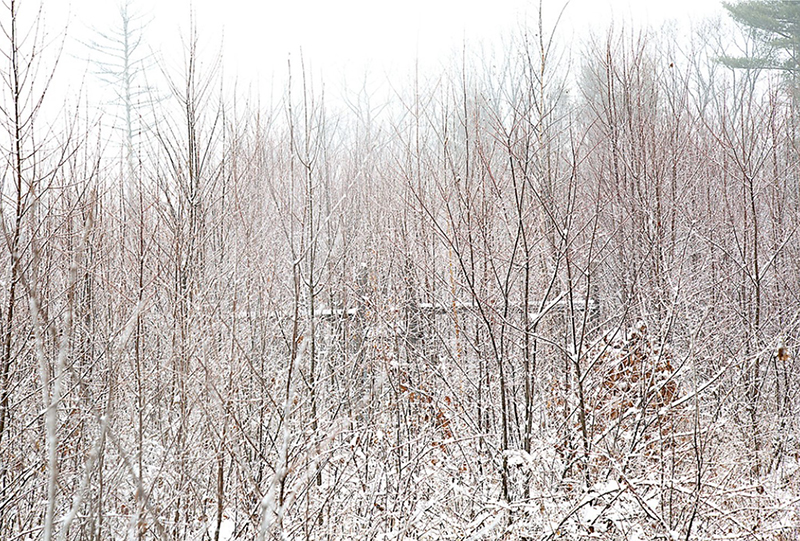To what extent is it necessary or desirable to cut mature forests to create young forest (aka “early successional”) habitat for wildlife species? This is a complex question that elicits strong and diverging opinions in New England’s conservation science and management community. In a new peer-reviewed paper, published in Frontiers in Forests and Global Change, Highstead’s senior ecologist Ed Faison joins six notable scientists and conservationists (including Highstead board member David Foster) to argue that current widespread management for young forest habitat in the Northeastern and Upper Midwestern U.S. needs to be re-examined.

The paper, led by Restore the North Woods’ Michael Kellett, asserts that current declines in species and habitats used to justify management need to be reconsidered. These five components should be factored in:
- a longer-term historical baseline;
- recent research suggesting many species require young forest habitat less than previously thought;
- the size of species’ geographical range;
- the forests’ habitat diversity that develops naturally over time, particularly with increased natural disturbances such as storms and insect outbreaks from climate change; and
- the need to keep carbon stored in the forest rather than in the atmosphere to mitigate climate change.
Additionally, the paper argues for greater protection of old forests and their vital habitat and climate benefits, stating, “Public land forest and wildlife management programs must be reevaluated to balance the prioritization and funding of early-successional habitat with strong and lasting protection for old-growth and mature forests.”
One of the signature species of the young forest habitat initiative is the New England Cottontail, a threatened rabbit species believed to require young forest habitat for its survival. Although this species does use young, shrubby habitats, the most recent research shows that New England cottontails use a broader range of wooded habitats than previously known, including mature forest habitat with thick shrub layers. In contrast, the introduced eastern cottontail that it competes with avoids mature forests. This research recommends against clear-cutting forests for habitat because it was found to be more beneficial to the introduced eastern cottontail and “unlikely” to provide high-quality habitat for New England Cottontail.
The hope is that this new paper in Frontiers in Forests and Global Change will generate new and informed discussions about this important forest management topic in New England and beyond.